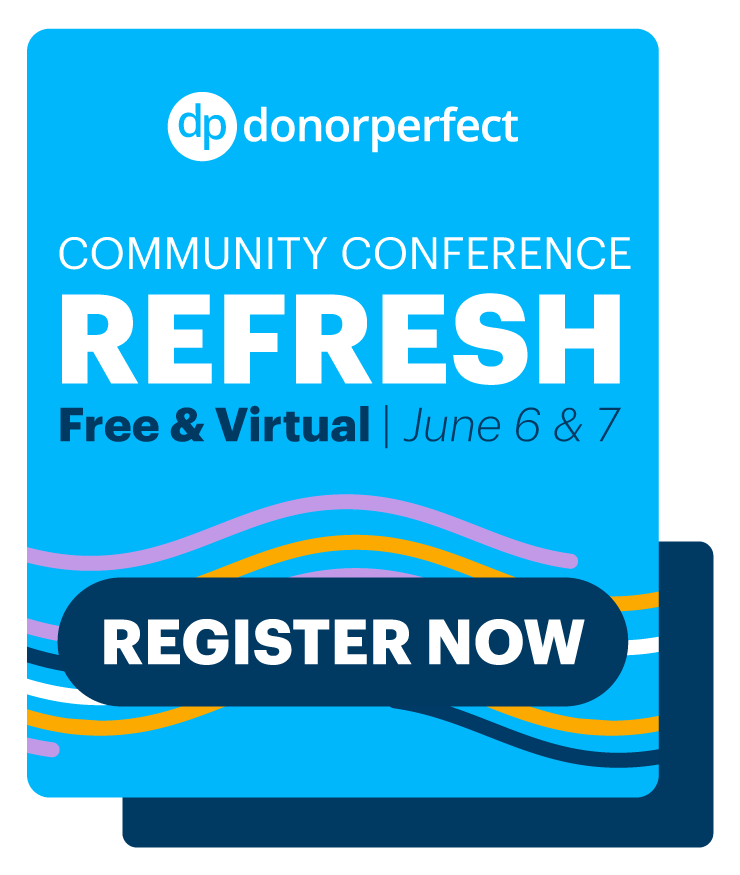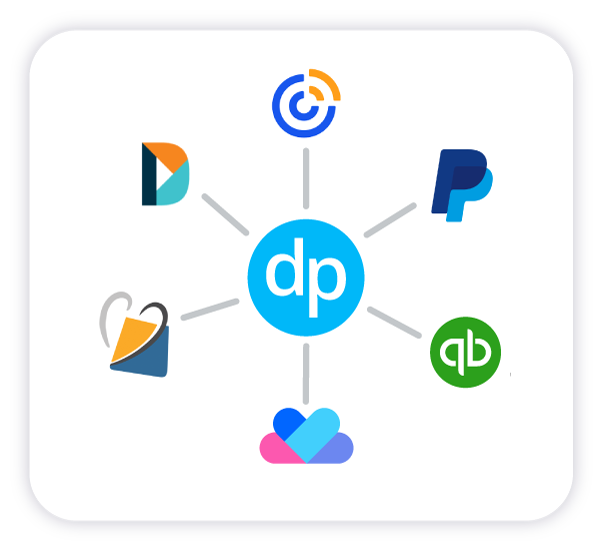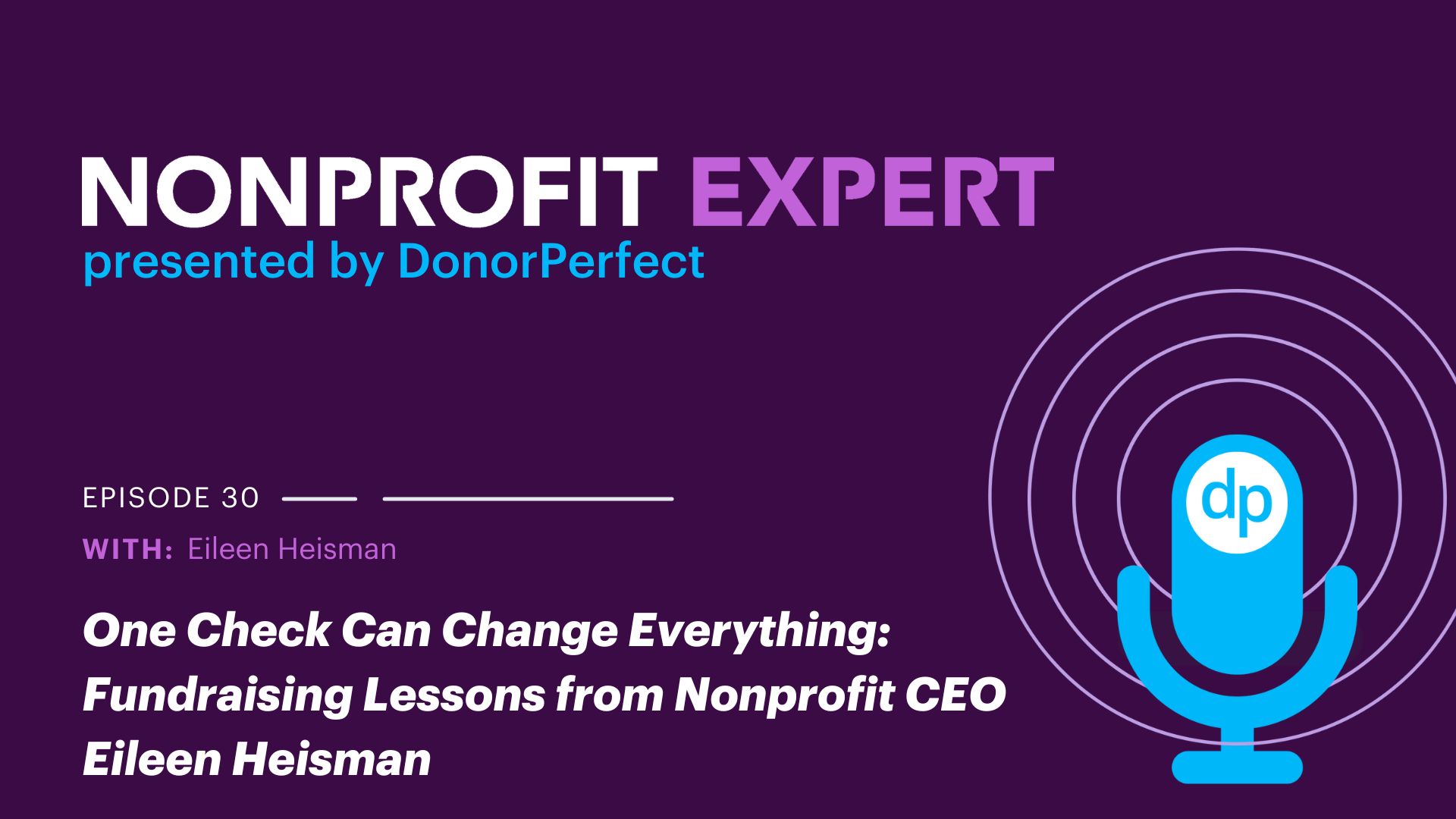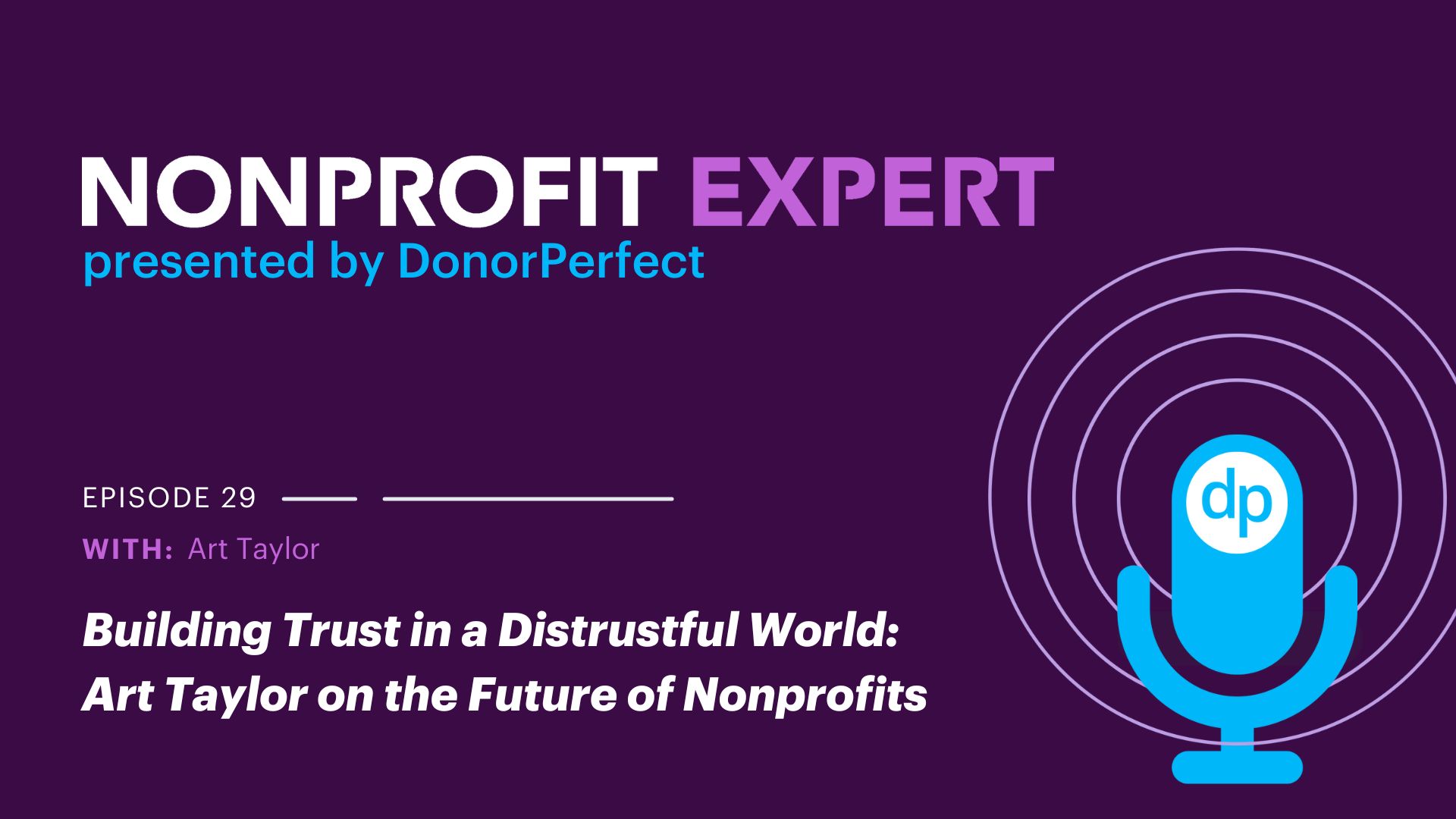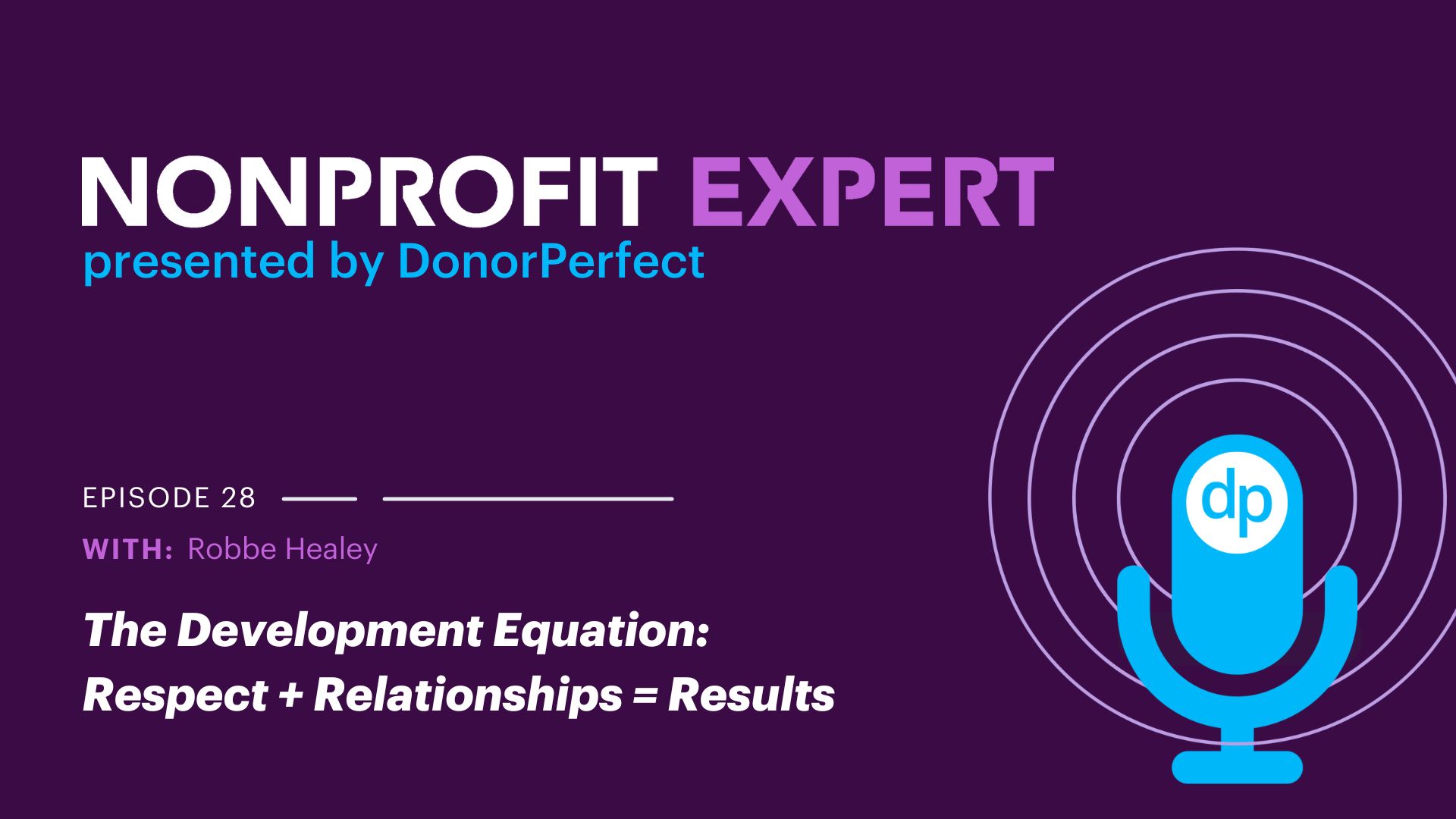Like any smart business decision, purchasing donor management software (often called a fundraising CRM or constituent relationship management system) for your nonprofit involves a good deal of forethought and coordination. There are a wide variety of platforms to choose from and a number of people who will be affected by your choice. Writing a request for proposal (RFP) allows you to effectively navigate this process by ironing out details of the decision, like your budget, pain points with your current solution, and must-haves in your new software.
What is an RFP?
If you’ve never heard of a request for proposal before, it is a written document outlining your nonprofit’s service or software needs. You then distribute your nonprofit RFP to companies that can potentially fulfill your requirements. The RFP will clearly outline the steps the service or software provider needs to complete in order to submit a proposal to your nonprofit. Let’s review what your RFP might look like to uncover its potential benefits.
4 Essential Components of a Smooth RFP Process
Below you will find the essential components of a nonprofit request for proposal, but remember this is your document and should be flexible to meet your organization’s needs.
1) Introduction to your organization
Start by introducing your organization. Take this opportunity to discuss the services you offer to your community and outline the types of fundraising you conduct, as this will be pertinent to your software needs.
This is also a great place to outline your current pain points with your existing solution. With this information, those submitting proposals will be better able to evaluate if they are a good fit and can highlight how they will meet the needs of your nonprofit.
Benefits: Uncover the pain points that hinder your operations. This will help you rank what features will be most important to you when evaluating possible solutions.
Looking to connect with other nonprofits that struggle with similar pain points to swap tips? Visit the DonorPerfect conference hub to register and watch archived sessions!
2) Project budget and requirements
It is helpful to include your budget so that those submitting a proposal know the parameters they can work within to meet your software needs.
Divulging your spending limit may feel uncomfortable, but organizations need to know what services and features you can afford when they’re writing their proposal to you. The very nature of submitting an RFP should help keep competitors and their prices fair, as each knows they are vying for your business.
In the project requirements, you want to be very specific about what you need from the CRM software provider. This could include things like how many users will need logins and training, data tracking requirements, and timelines you need to work within. Below are some ideas of the types of items you may want to include in this section.
- Concurrent users – How many people at your organization will need a login to use the software? How many people may need to be trained on how to use it?
- Data needs – What sort of data points do you track? Who do you keep track of? Volunteers, board members, donors, etc.
- Gift tracking
- Pledges
- Household records
- Volunteer management
- Events (you can get more specific here about the type of events you hold and what data tracking you require for them)
- Payment processing needs – Do you need a tool to process credit card or bank account payments electronically?
- Timeline/deadlines – Are there deadlines you need to work within? Do you have a contract expiring with your current provider? Are you hoping to be up and running by the start of the fiscal or calendar year? Will any key stakeholders be unavailable for any length of time? Vacations, work travel, etc?
- Data transfer requirements – How many years’ worth of data do you need to transfer? How many constituent records will be migrated? Do you have access to files of the data you need?
- Integrations with other products – Do you want your CRM to integrate with your accounting software? Your existing payment processing tools? Your email?
DonorPerfect connects with additional software like Constant Contact and QuickBooks. To see the full list of partners, visit our Integrations page.
Benefits: Each stakeholder will come to an agreement on what your project requirements are and what budget you have to work with. This is the right time to come to an agreement rather than during any negotiations with outside vendors.
3) Specific questions for your vendor
If you have specific questions you want the vendors to answer, make sure you ask them in the RFP. Here are some ideas for the types of questions you may want to ask:
- Who will project manage our onboarding? How many years of experience do they have?
- How many customers do you serve in your sector?
- On average, how many years do customers stay with you?
- What is the average return on investment for customers that use your software?
- How do you keep up with industry trends? How often do you update your product?
- What is the expected timeline for onboarding?
Benefits: Take the opportunity to write down every question you have to complete a thorough investigation into potential software companies. This takes the pressure off of you during sales calls, so you can focus on demonstrations and the proposal.
4) Submission process outline
In your request for a proposal, it’s important to outline the process of submission. There are some essential components to include:
- Format – What questions does the software provider need to answer, what information are you looking for from them? Is there a specific format you would like them to follow? This can be very helpful for you if you’re looking to do a side-by-side comparison.
- Contact – Who should the RFP be addressed to? Who is responsible for answering submission questions?
- Delivery – Where and how will you send it (physical mailing address, email, etc.)?
- Deadline – When does your RFP need to be submitted, and how many days will it take your team to accomplish so you can plan accordingly?
- Evaluation (optional) – Let your submitters know how you will weigh and grade their proposals. For example, if budget is more important than deadlines, they may be able to make accommodations that better suit your needs.
Benefits: You’ll have multiple comparable documents on hand to make a smart decision that will work best for your organization.
RFPs are a great place to start your search for a new fundraising solution, but your evaluation shouldn’t just be about finding the right software features. It’s also about your mission and your staff. When your fundraising software choice is based on your goals and how to achieve them, your investment will be the right one. For more guidance, download our free How to Buy Fundraising Software guide below!






